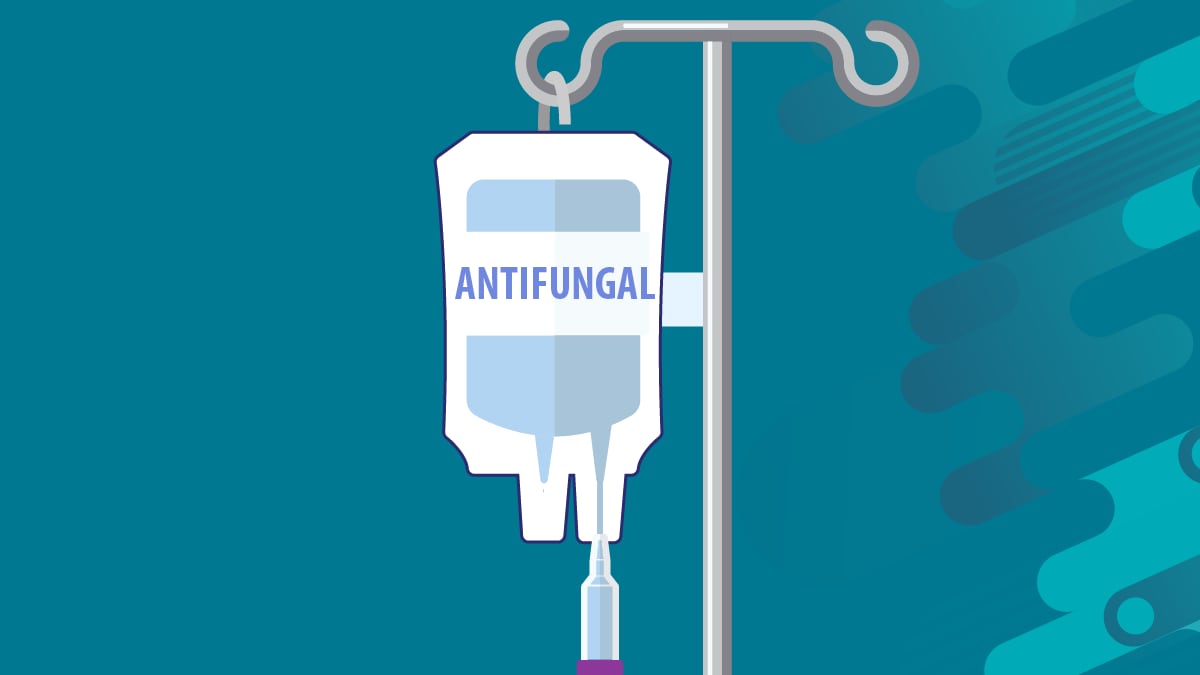Key points
- Early diagnosis (testing) and treatment for mucormycosis are critical to prevent complications and death.
- Healthcare providers collect samples of affected fluids or tissues and send them for laboratory testing.
- Antifungal medications are needed to treat mucormycosis.
- Sometimes surgery is needed to remove infected tissue.

Testing and diagnosis
Healthcare providers may decide to test for mucormycosis based on medical history, risk factors, and physical signs and symptoms. To test for mucormyosis, healthcare providers collect samples from the affected body part or system, such as:
- Fluid from the lungs.
- Nasal discharge or phlegm.
- A small piece of affected skin or tissue, called a biopsy.
Samples are sent to a laboratory. Laboratory scientists look at samples under a microscope and test to see if a fungus that causes mucormycosis is present.
Healthcare providers use imaging i.e., CT or MRI) to check whether the infection is spreading in other parts of the body.

Treatment
Mucormycosis is a serious infection and needs to be treated with prescription antifungal medication right away.
The most common antifungals used are amphotericin B, posaconazole, or isavuconazole. These medicines are given through a vein (amphotericin B, posaconazole, isavuconazole) or by mouth (posaconazole, isavuconazole). Antifungal medication is usually needed for several weeks.
Other medicines, including fluconazole, voriconazole, and echinocandins, do not work against the fungi that cause mucormycosis.
Sometimes surgery is needed to remove infected tissues and stop the fungus from spreading.
